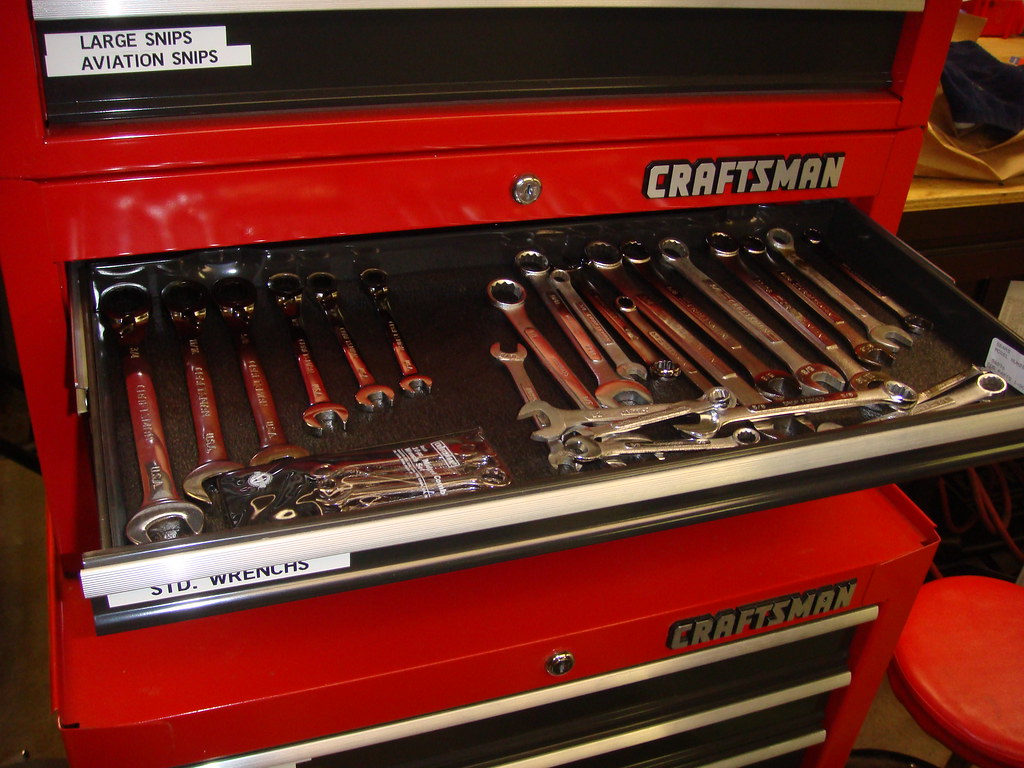
How to Organize Your Toolbox for Maximum Efficiency
Share
Is your toolbox in disarray, hindering your efficiency? An unorganized toolbox can be both frustrating and counterproductive. Fortunately, by implementing a few straightforward strategies, you can convert your toolbox into a well-ordered and effective workspace. Here’s how to organize your toolbox and enhance your productivity.
The Drawbacks of a Disorganized Toolbox
A cluttered toolbox can adversely affect your work in various ways:
Decreased Productivity: Time is a valuable resource, particularly in professional environments. Searching through a disorganized toolbox for the correct tool consumes precious time and diminishes your efficiency.
Duplicate Tools: When tools are hidden among the clutter, you may inadvertently purchase duplicates because you cannot locate the ones you already possess. This not only leads to unnecessary expenses but also increases the bulk in your toolbox.
Misplaced Tools: In a disorganized toolbox, it is easy to misplace or lose tools, resulting in additional costs and interruptions in your workflow. In certain workplaces, lost tools can also pose safety risks and affect accountability.
Five Guidelines for Organizing Your Toolbox
Begin the organization of your toolbox by following these key principles:
Group Tools: Organize your tools by type or function to facilitate easier access. Utilize narrow drawers in roller cabinets or top chests to categorize tools such as ratchets, files, and pliers. Label Everything: Employ dedicated label holders to create clear visual indicators. Effective labeling minimizes the time spent searching through drawers and compartments. Eliminate Worn-Out Tools: During the reorganization process, assess your tools and dispose of any that are damaged or unsafe. This not only declutters your toolbox but also ensures the safety of your equipment. Strategic Arrangement: Organize tools according to their size, shape, and frequency of use. Store heavier items in the deeper drawers of roller cabinets, and keep frequently used tools easily accessible to optimize your workflow. Isolate Spare Tools: Maintain duplicate tools in a separate container. Spare tools can be beneficial for emergencies, but they should not contribute to the clutter in your primary toolbox.
